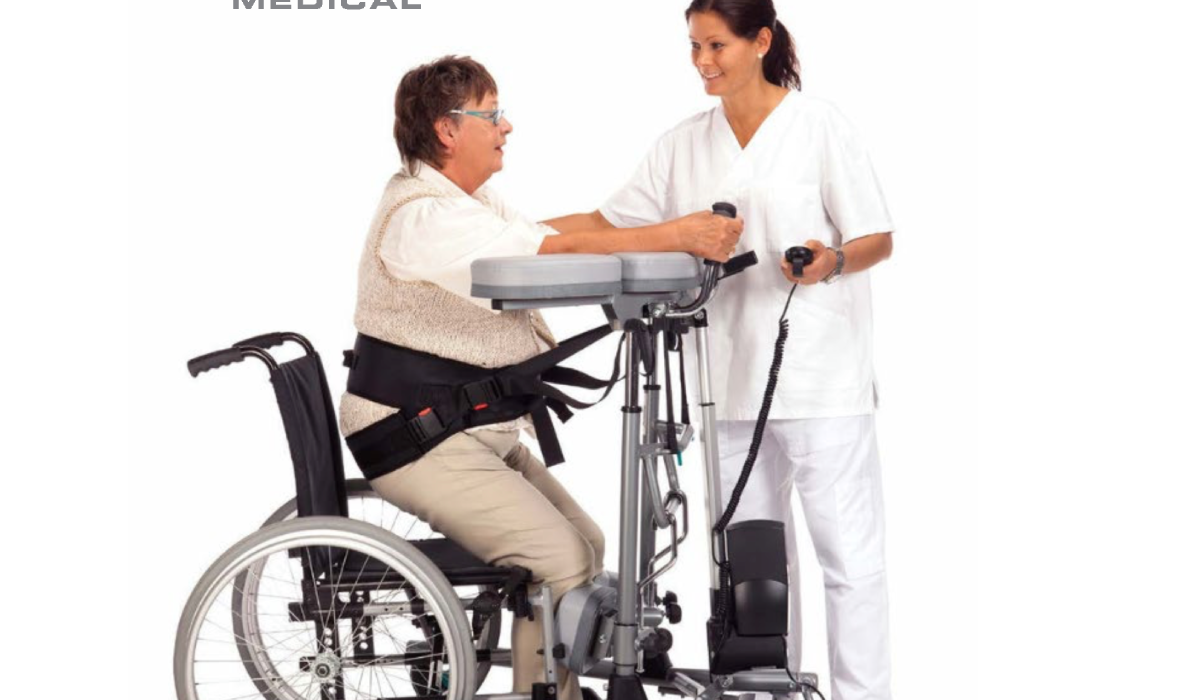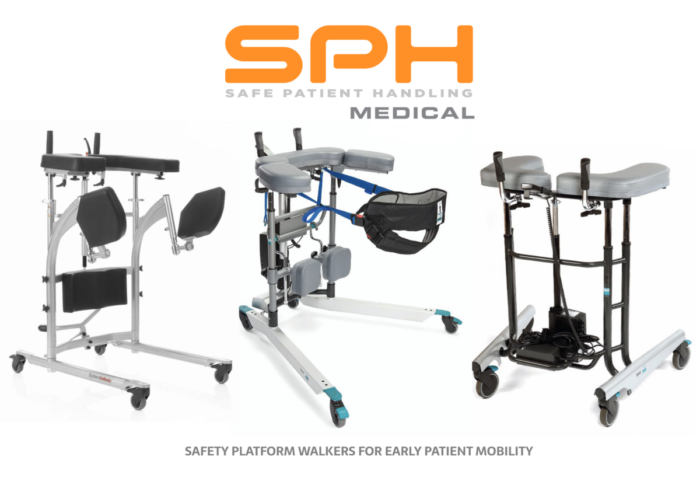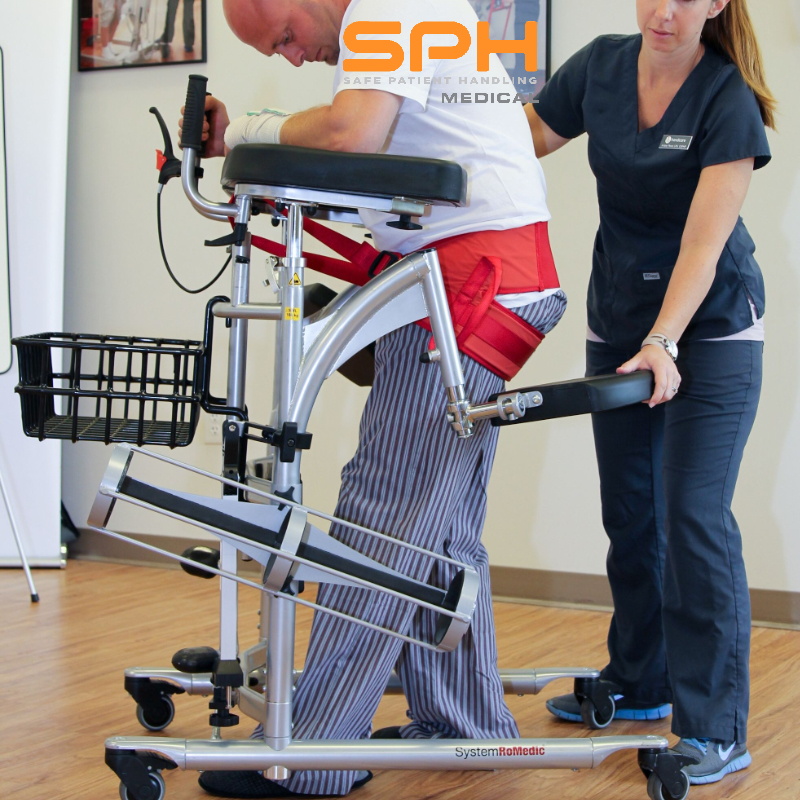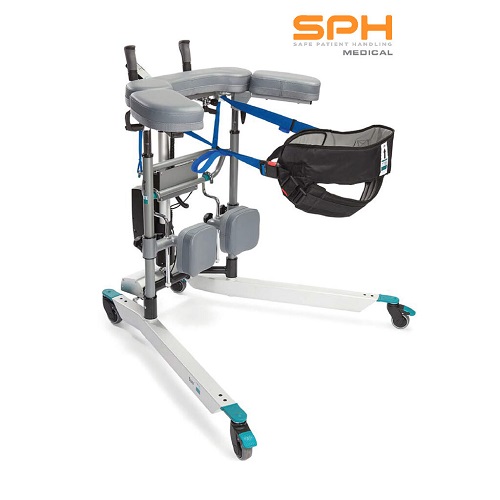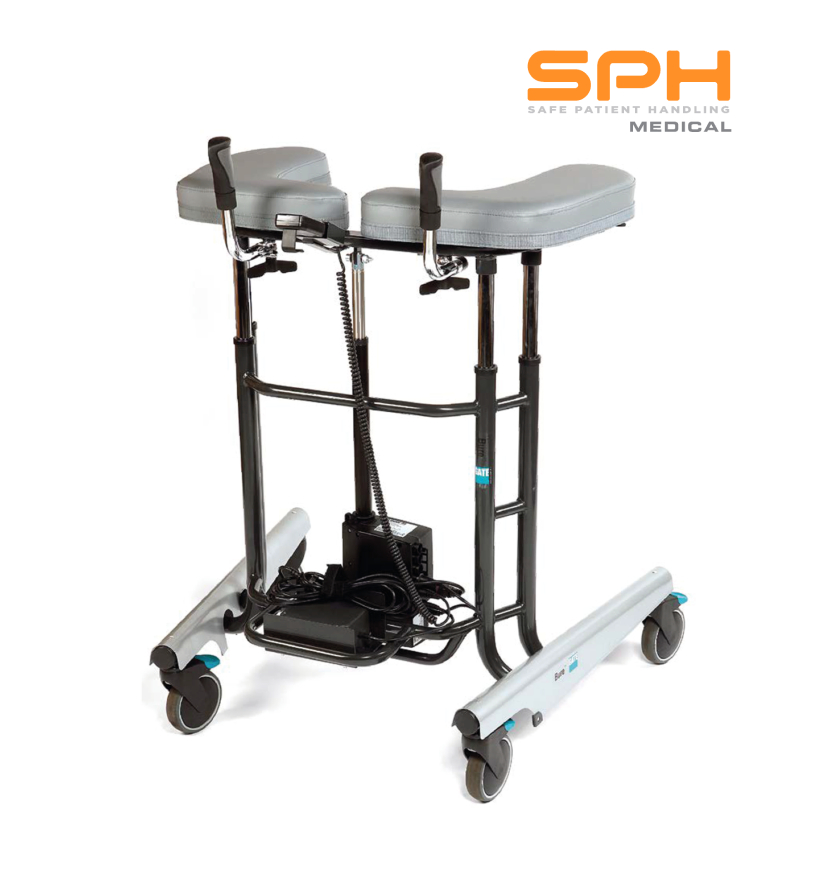In the dynamic landscape of healthcare, the concept of Early Patient Mobility (EPM) has emerged as a critical component in patient recovery and overall health outcomes. As healthcare professionals and institutions worldwide strive to enhance patient care, EPM stands as a testament to innovative and effective patient care strategies.
The Evolution of Early Patient Mobility
Historically, patient mobility was often overlooked, with prolonged bed rest frequently prescribed for a wide range of health conditions. However, the approach to patient mobility has undergone a significant transformation over time. According to a study titled “Perspectives on the evolution of mobile (mHealth) technologies and application to rehabilitation,” the shift towards prioritizing patient mobility is evident and is increasingly being recognized for its substantial impact on patient recovery and rehabilitation.
The Impact of Early Patient Mobility Programs in Hospitals
The implementation of EPM programs in hospitals has been nothing short of revolutionary. Evidence supporting their effectiveness is compelling. The study “Early mobility in the hospital: lessons learned from the STRIDE program” highlights how EPM programs have contributed to improved patient outcomes and reduced the need for post-acute institutional care. These programs, focused on getting patients moving as early as possible, have proven successful in reducing hospital stays, enhancing patient satisfaction, and improving overall health outcomes.
The Role of the Cardiac Walker in Early Patient Mobility Programs
Integral to the success of EPM programs is the use of cardiac walkers. These devices provide the necessary support and stability for patients to begin moving safely and confidently. They are an essential tool in the arsenal of EPM, facilitating patient mobility and contributing significantly to patient recovery and rehabilitation.
Innovations by SPH Medical Inc in Supporting Early Mobility Programs
Among the pioneers in supporting EPM through innovative solutions is SPH Medical Inc. Their comprehensive line of Safe Patient Handling Solutions and Early Mobility Walkers has revolutionized EPM in hospitals worldwide. SPH Medical Inc’s products epitomize the perfect blend of safety, effectiveness, and innovation, significantly enhancing patient care.
The Gold Standard of Cardiac or Safety Platform Walkers: Bure XL Walker, Bure Rise and Go Walker, and Bure Rise and Go DB Walkers
In the realm of cardiac walkers, the Bure XL Walker, Bure Rise and Go Walker, and Bure Rise and Go DB Walkers stand as the gold standard. These walkers, known for their superior design, durability, and safety features, have become the preferred choice for healthcare professionals. They offer unparalleled support and stability, enabling patients to move with confidence and ease.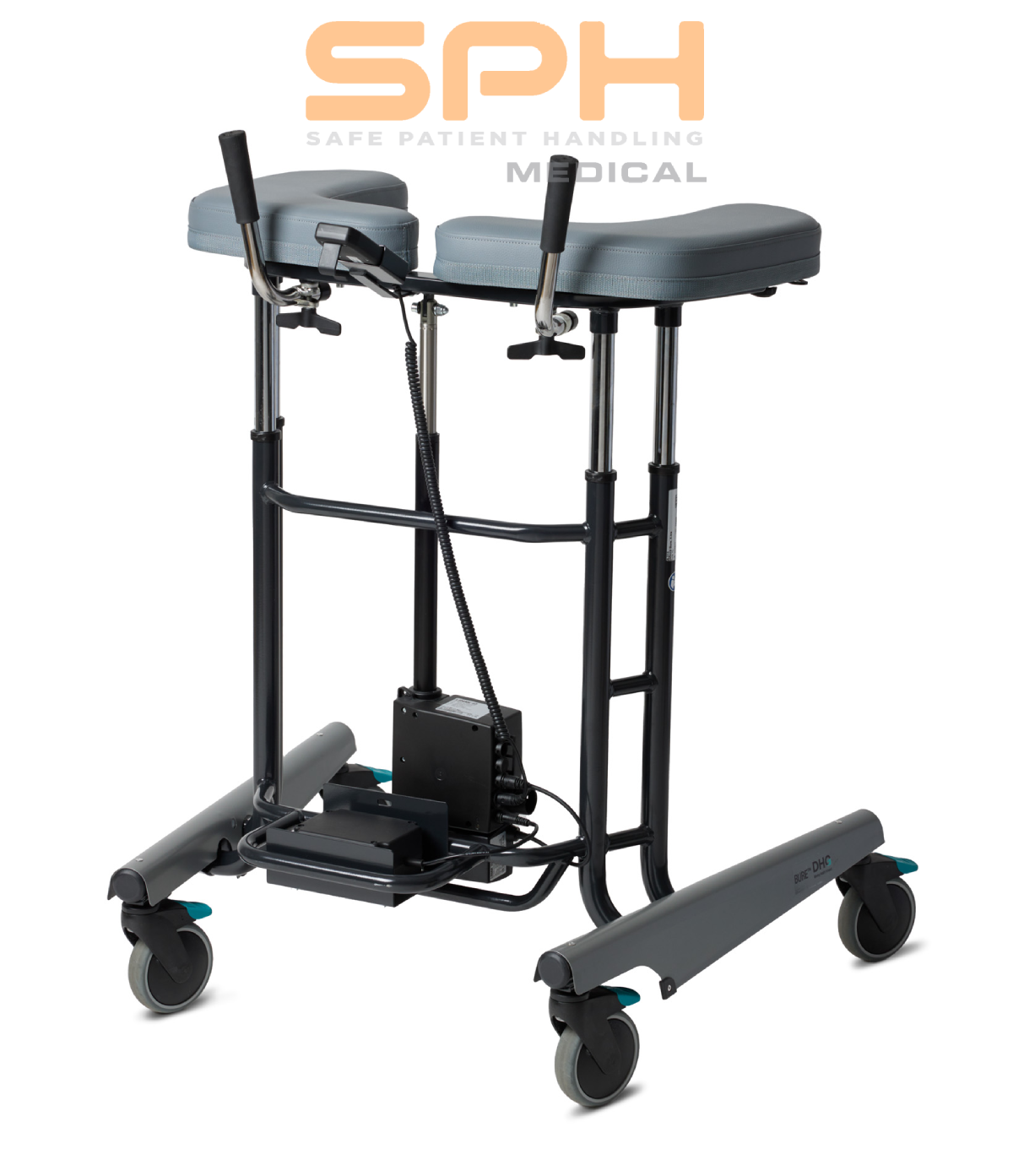
The Bure Standard Walker: A Cost-Effective Entry-Level Cardiac Walker
For hospitals looking to implement EPM programs without compromising on quality or safety, the Bure Standard Walker provides a cost-effective solution. Despite being an entry-level cardiac walker, it offers the same high standards of safety and support characteristic of the Bure range of walkers.
The evolution of EPM and its impact on patient care is profound. The continued importance of innovation in delivering effective EPM solutions cannot be overstated. As healthcare continues to evolve, companies like SPH Medical Inc remain at the forefront, delivering innovative, effective, and safe solutions for patient mobility.
SPH Medical: A Pioneer in Early Patient Mobility Programs
Since 2012, SPH Medical has been at the forefront of implementing successful Early Patient Mobility programs in leading hospitals across the country. Their unwavering commitment to enhancing patient care, coupled with their innovative range of products, has contributed significantly to reducing the length of stay and improving patient outcomes. These achievements serve as a testament to the efficacy, safety, and superiority of their solutions.
For hospitals considering the integration of Safety Platform Walkers or Cardiac Walkers into their patient care strategies, SPH Medical is the go-to expert. Their professional and experienced team is ready to discuss your needs, providing tailored solutions that align with your hospital’s specific requirements. They understand that every hospital is unique, and so too are their patient mobility needs.
Don’t hesitate to leverage the expertise and innovation offered by SPH Medical. Reach out to them today to discuss your needs and request a quote. The journey towards enhanced patient care and improved health outcomes begins with a simple conversation. With SPH Medical, you’re not just choosing a product; you’re choosing a partner committed to your success.

